if there is such a thing as the collective unconscious, it probably conjures a picture of the Eiffel tower when Paris is mentioned, or the Houses of Parliament when London comes up. it doesn't really seem as though there is a particular landmark associated with the great city of Tokyo, however, so what is it you're thinking of as we continue to explore Japan's illustrious capital? buildings, right? scads and scads of tall buildings, spreading out as far as the eye can see, and more importantly, festooned with tonne upon metric tonne of neon lighting equipment. for some reason Tokyo has these associations with garish flashing buildings, and to a large degree it's a reasonable association. certain parts of the city are particularly impressive at night.

a little representative neon in the Kabukicho area of Shinjuku. this is known as the major red-light district in Tokyo, and is buzzing just about all night. below, a view of Shinjuku and some of its skyscrapers from the observation floor at the Tokyo Metropolitan Government Office Building.

we found much of this lightlife in Kabukicho, an area famed for for its bars and brothels--and hordes of more innocent tourists, like us. they certainly weren't about keeping their businesses secret, and many of them made Nagoya's soaplands look pretty minor league. though Nagoya is Japan's fourth-largest city, it all seems pretty minor league compared with Tokyo. there are only three or four true skyscrapers in Nagoya, but seemingly hundreds in the capital, and we went up one of them to get a better look at the rest. in a rare instance of the government being people-friendly, the Tokyo Metropolitan Government has opened up the 45th floor of its North Office Building to anyone who wants to get a high-rise look at the city--for free. at 202 meters up you are still hemmed in by a few other buildings, but you can get a pretty decent look at much of Tokyo, if the weather cooperates. fortunately, it did for us, but it was already dark when we got up there and so all we could see were the many thousands of sparkling lights spreading out in all directions. the Government Office Building is also something of a sight in itself, the whole complex having been designed by Kenzo Tange, the same guy who designed the Hiroshima Peace Memorial Museum.
but what are folks to do, when feeling stuck in this massive concrete jungle? how do they let loose and relax? well with the nation's number one pastime, obviously: karaoke. that's what we did when we'd had enough of building hopping. it seems like there's a place on every corner, so we found one that charged us about eight bucks for a couple of hours for our own room and went to town on classic hits of the 70s, 80s and 90s. it's a little eerie how easy it is to do karaoke here, but i'm not altogether unsure it wouldn't be better to have it this way in the States; it would save bar audiences everywhere from having to listen to their favorite songs being murdered by drunken idiots. nobody really cares if you're terrible, and nobody seems to mind what you do in your karaoke room--the guy in the room next to ours had brought his saxophone along and was apparently trying to torture it.

Jill and i treating the mic to a little Engrish in our nice and secluded room at the Happy Karaoke.
as uplifting as karaoke is, for some real culture you must return with me to the daylight hours for a moment. we decided we couldn't further delay taking in a performance of Japan's traditional Kabuki theater. quite handily, there is a large theater called Kabuki-za near the Imperial Palace, right in the heart of the Ginza district. Kabuki-za has performances nearly every day, and sells tickets for individual acts, which is a relief to many tourists given that whole plays can last upwards of five hours. and not to be judgmental, but Kabuki is not theater as we know it. i understand it to be a bit more lively than the more traditional Noh style theater, for which the traditional masks you may have seen are worn, but after two hours of first act i was ready to crash hard. i'm sure it would have been a bit more entertaining were we able to understand Japanese, but maybe not by much. a great deal of the performance we saw involved characters giving long speeches, then wailing hysterically, then falling to the floor or briefly fighting, and then falling silent for minutes at a time, all shortly to be repeated again and again. the real entertainment came from the audience, many of whom were keen to join in with some shouting of their own. at first it seemed like heckling, but we soon learned that it's good form to yell out the name of the school where a particular actor was trained following a particularly moving wail from that actor. so, a lot of wailing, a lot of yelling. hey, it kept us awake.

one of the most "traditional" looking buildings in Tokyo, Kabuki-za is a famous landmark and apparently the best place to catch a Kabuki performance.
the performance we saw was not packed, despite it being opening day, though i don't blame people for not wanting to sit through so many hours of alternating silence and screaming. i'm being harsh of course; it was interesting, and like so many things in Japan i'm glad to say i've done it, though i may not rush to again. it's also a little strange that the performances are always held during the middle of the day, since the only people who seemed to be able to attend, other than curious tourists, were the inmates from the local old folk's home. but they need exercise, and i suppose all that yelling counts. so maybe Tokyo is best experienced at night. it's a clean city with plenty to do, and it's always going, just like the Kabuki show.

a little representative neon in the Kabukicho area of Shinjuku. this is known as the major red-light district in Tokyo, and is buzzing just about all night. below, a view of Shinjuku and some of its skyscrapers from the observation floor at the Tokyo Metropolitan Government Office Building.

we found much of this lightlife in Kabukicho, an area famed for for its bars and brothels--and hordes of more innocent tourists, like us. they certainly weren't about keeping their businesses secret, and many of them made Nagoya's soaplands look pretty minor league. though Nagoya is Japan's fourth-largest city, it all seems pretty minor league compared with Tokyo. there are only three or four true skyscrapers in Nagoya, but seemingly hundreds in the capital, and we went up one of them to get a better look at the rest. in a rare instance of the government being people-friendly, the Tokyo Metropolitan Government has opened up the 45th floor of its North Office Building to anyone who wants to get a high-rise look at the city--for free. at 202 meters up you are still hemmed in by a few other buildings, but you can get a pretty decent look at much of Tokyo, if the weather cooperates. fortunately, it did for us, but it was already dark when we got up there and so all we could see were the many thousands of sparkling lights spreading out in all directions. the Government Office Building is also something of a sight in itself, the whole complex having been designed by Kenzo Tange, the same guy who designed the Hiroshima Peace Memorial Museum.
but what are folks to do, when feeling stuck in this massive concrete jungle? how do they let loose and relax? well with the nation's number one pastime, obviously: karaoke. that's what we did when we'd had enough of building hopping. it seems like there's a place on every corner, so we found one that charged us about eight bucks for a couple of hours for our own room and went to town on classic hits of the 70s, 80s and 90s. it's a little eerie how easy it is to do karaoke here, but i'm not altogether unsure it wouldn't be better to have it this way in the States; it would save bar audiences everywhere from having to listen to their favorite songs being murdered by drunken idiots. nobody really cares if you're terrible, and nobody seems to mind what you do in your karaoke room--the guy in the room next to ours had brought his saxophone along and was apparently trying to torture it.

Jill and i treating the mic to a little Engrish in our nice and secluded room at the Happy Karaoke.
as uplifting as karaoke is, for some real culture you must return with me to the daylight hours for a moment. we decided we couldn't further delay taking in a performance of Japan's traditional Kabuki theater. quite handily, there is a large theater called Kabuki-za near the Imperial Palace, right in the heart of the Ginza district. Kabuki-za has performances nearly every day, and sells tickets for individual acts, which is a relief to many tourists given that whole plays can last upwards of five hours. and not to be judgmental, but Kabuki is not theater as we know it. i understand it to be a bit more lively than the more traditional Noh style theater, for which the traditional masks you may have seen are worn, but after two hours of first act i was ready to crash hard. i'm sure it would have been a bit more entertaining were we able to understand Japanese, but maybe not by much. a great deal of the performance we saw involved characters giving long speeches, then wailing hysterically, then falling to the floor or briefly fighting, and then falling silent for minutes at a time, all shortly to be repeated again and again. the real entertainment came from the audience, many of whom were keen to join in with some shouting of their own. at first it seemed like heckling, but we soon learned that it's good form to yell out the name of the school where a particular actor was trained following a particularly moving wail from that actor. so, a lot of wailing, a lot of yelling. hey, it kept us awake.

one of the most "traditional" looking buildings in Tokyo, Kabuki-za is a famous landmark and apparently the best place to catch a Kabuki performance.
the performance we saw was not packed, despite it being opening day, though i don't blame people for not wanting to sit through so many hours of alternating silence and screaming. i'm being harsh of course; it was interesting, and like so many things in Japan i'm glad to say i've done it, though i may not rush to again. it's also a little strange that the performances are always held during the middle of the day, since the only people who seemed to be able to attend, other than curious tourists, were the inmates from the local old folk's home. but they need exercise, and i suppose all that yelling counts. so maybe Tokyo is best experienced at night. it's a clean city with plenty to do, and it's always going, just like the Kabuki show.





































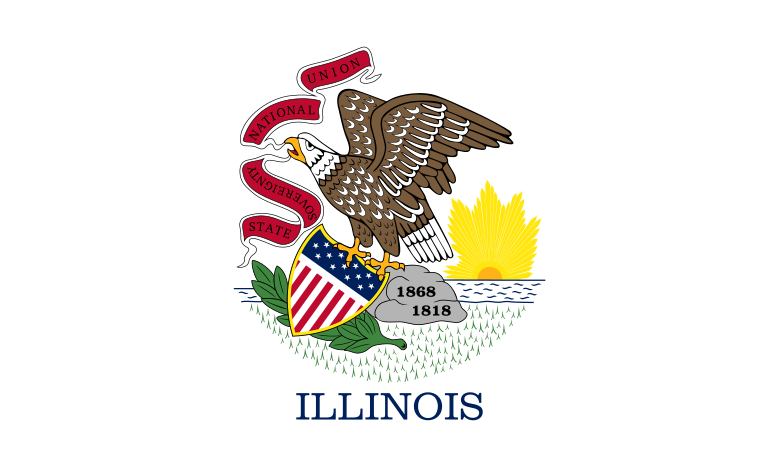




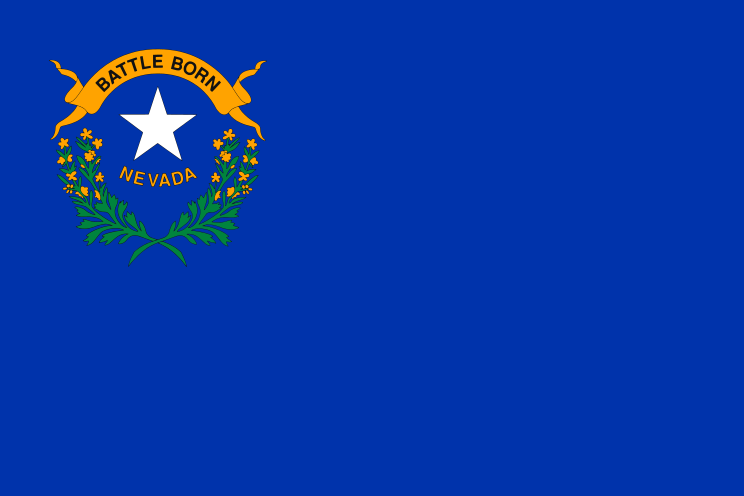




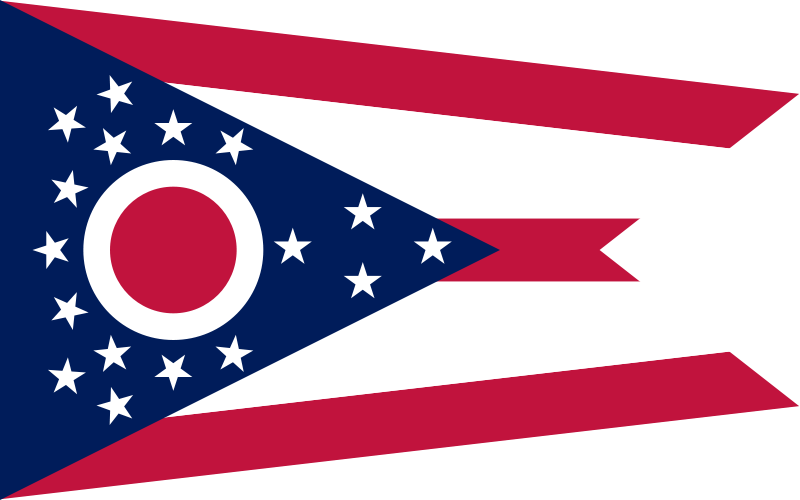

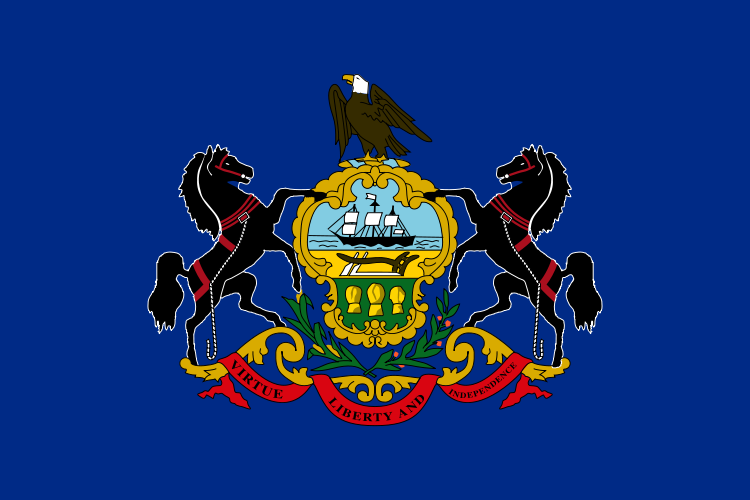





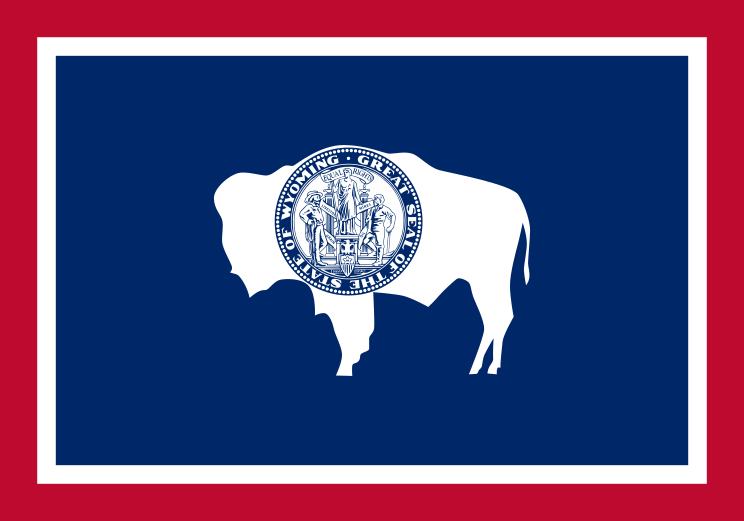
No comments:
Post a Comment